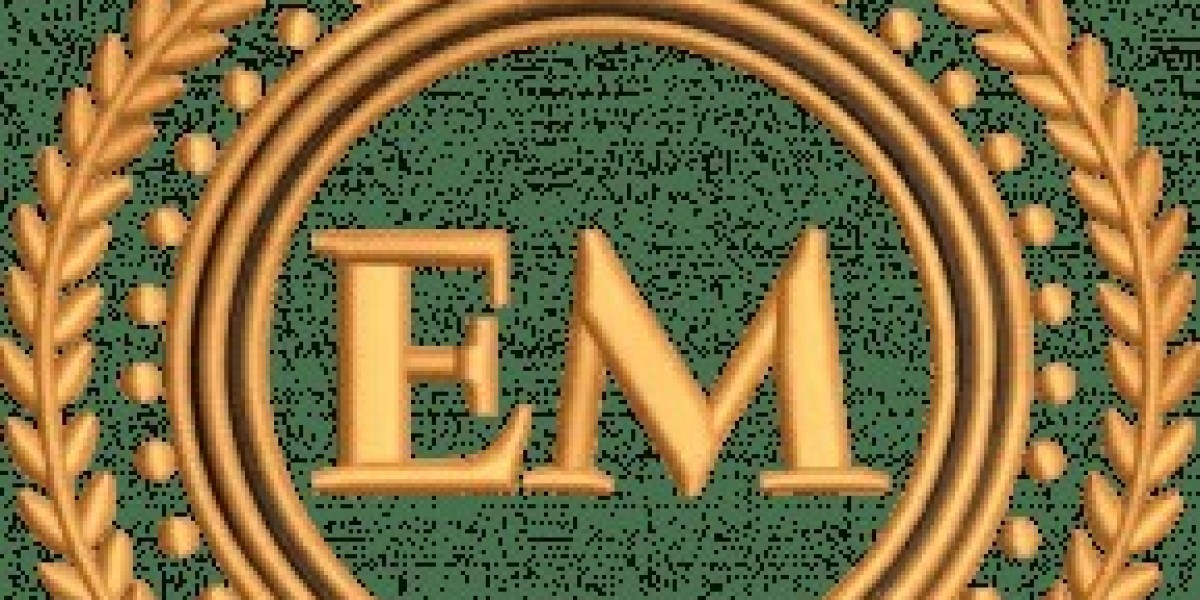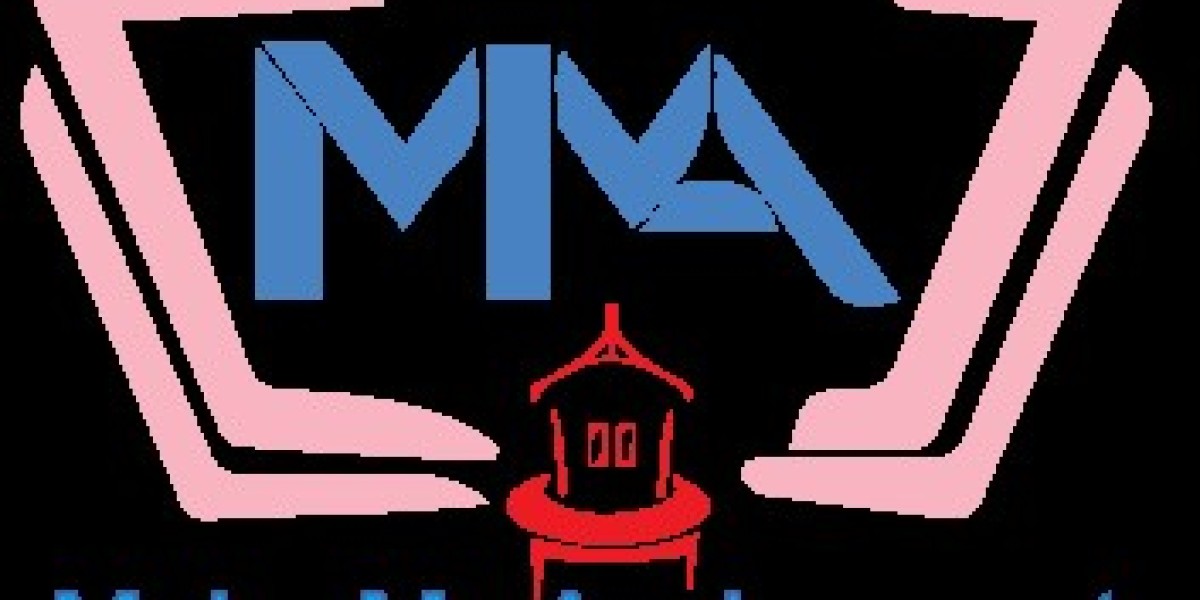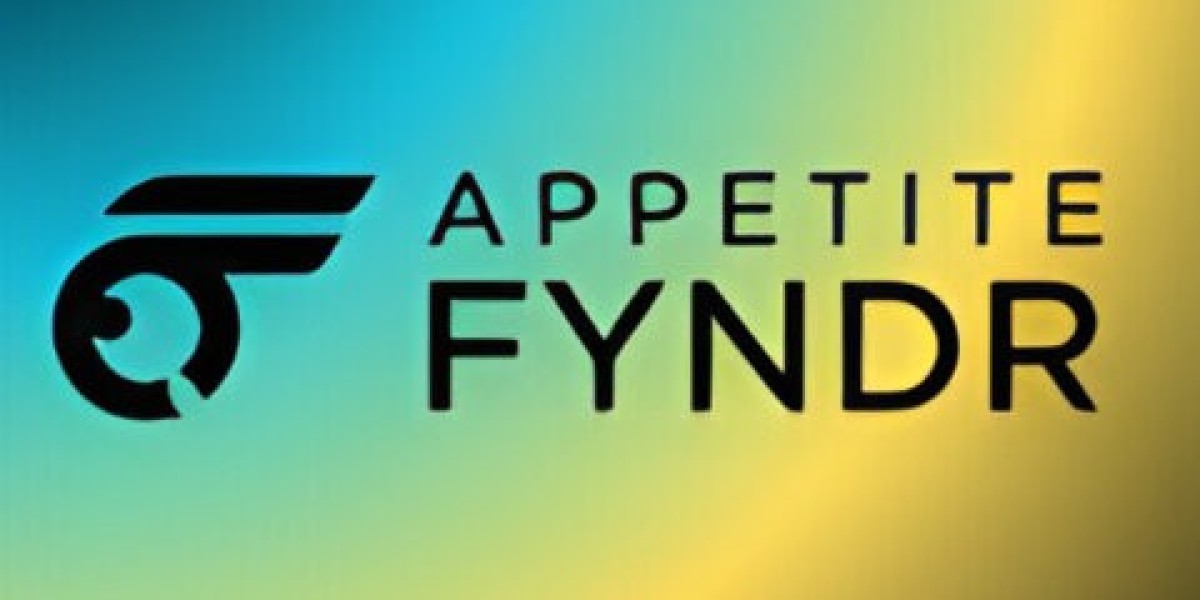In the world of embroidery, precision and detail matter. One of the most crucial aspects of creating high-quality embroidered designs is Emb Digitizing. This process converts artwork into a stitch file that embroidery machines can read, ensuring that every design is accurately translated onto fabric.
With the rise of digitize embroidery services, businesses and individuals can turn logos, artwork, and photographs into stunning embroidered creations. Whether you need custom designs for branding, fashion, or personalized gifts, embroidery digitization plays a key role in achieving professional results. In this article, we’ll explore the importance of Emb Digitizing, the process involved, and the benefits of professional digitization services.
What is Emb Digitizing?
Emb Digitizing is the process of converting images or designs into a format that embroidery machines can interpret. Unlike standard digital graphics, embroidery files contain stitch commands, directing the machine on how to recreate the design with needle and thread. This process requires specialized software and skilled digitizers who understand stitch types, densities, and sequencing.
Why is Emb Digitizing Important?
Accuracy and Precision – Ensures that logos and designs are embroidered exactly as intended.
Customization – Allows for unique and intricate designs to be stitched onto fabric.
Scalability – Digitized embroidery files can be resized without losing quality.
Efficiency – Speeds up the embroidery process, reducing production time.
The Process of Emb Digitizing
1. Selecting the Design
The first step in embroidery digitization is selecting the artwork. The quality of the original image affects the final embroidered output. High-resolution images with clear details work best for digitization.
2. Using Digitizing Software
Professional embroidery digitizing software, such as Wilcom, Pulse, or Hatch, is used to manually create the stitch file. The digitizer traces the design and assigns stitch types, angles, and directions.
3. Assigning Stitch Types
Different elements of the design require specific stitch types:
Satin Stitches – Used for letters and borders.
Fill Stitches – Cover large areas with texture and depth.
Running Stitches – Create outlines and fine details.
4. Adjusting Stitch Density and Pull Compensation
Fabric type and design complexity influence stitch density and pull compensation. These settings ensure the design retains its integrity when embroidered.
5. Running a Test Stitch-Out
Before finalizing, a sample stitch-out is done to check for errors. Adjustments are made to refine details and ensure a clean finish.
Benefits of Professional Emb Digitizing Services
1. High-Quality Output
Professional digitizers have the expertise to optimize stitch patterns, ensuring a polished and professional look.
2. Time and Cost Efficiency
Outsourcing digitization saves time and reduces material wastage due to trial-and-error stitching.
3. Compatibility with Different Fabrics
Professional services adjust settings to suit various fabric types, preventing issues like puckering or thread breaks.
4. Consistency in Bulk Production
Businesses that require mass production benefit from consistent and flawless embroidery results.
Applications of Emb Digitizing
1. Corporate Branding
Companies use embroidery digitization for uniforms, hats, and promotional items.
2. Personalized Gifts
Custom embroidered designs make unique and sentimental gifts for special occasions.
3. Fashion and Apparel
Designers incorporate embroidery into clothing, enhancing aesthetics and uniqueness.
4. Sportswear and Team Uniforms
Embroidered logos and team names add professionalism to athletic wear.
5. Home Decor and Accessories
Pillows, towels, and bags can be customized with embroidered patterns.
Choosing the Right Digitizing Service
When selecting a digitizing service, consider:
Experience and Reputation – Look for a provider with a proven track record.
Turnaround Time – Ensure they offer timely delivery for urgent projects.
Customer Support – A responsive team can assist with adjustments and inquiries.
File Compatibility – Make sure they provide formats compatible with your embroidery machine.
Conclusion
Emb Digitizing is an essential step in achieving high-quality embroidery. Whether for personal projects or business branding, professional digitize embroidery services ensure precision, efficiency, and stunning results. By understanding the digitization process and its benefits, you can unlock new creative possibilities and bring your designs to life with embroidery. Start exploring professional digitizing services today to elevate your embroidery projects!








